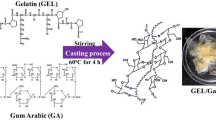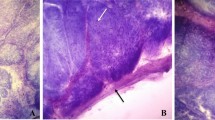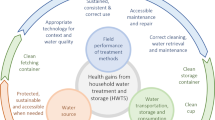Abstract
LABORATORY rats are usually allowed to obtain their water from an inverted glass bulb with a stem, or from an inverted bottle fitted with a bung and spout. The bulbs are awkward to clean and refill, and are very easily broken. The bottles are satisfactory; but the bungs and spouts jam and break, with frequent minor casualties to attendants. The extension of watering to mice, rabbits, guinea pigs, etc., necessitated by the use of diets in the form of dry pellets and cubes (Bruce and Parkes1,2), made urgent the elaboration of a more efficient water container.
This is a preview of subscription content, access via your institution
Access options
Subscribe to this journal
Receive 51 print issues and online access
$199.00 per year
only $3.90 per issue
Buy this article
- Purchase on SpringerLink
- Instant access to full article PDF
Prices may be subject to local taxes which are calculated during checkout
Similar content being viewed by others

References
Bruce, H. M., and Parkes, A. S., J. Hygiene, 44, 501 (1946).
Bruce, H. M., and Parkes, A. S., J. Hygiene, 45, 70 (1947).
Author information
Authors and Affiliations
Rights and permissions
About this article
Cite this article
SHORT, D., PARKES, A. Drinking Spouts for Laboratory Animals. Nature 163, 292–293 (1949). https://doi.org/10.1038/163292b0
Issue date:
DOI: https://doi.org/10.1038/163292b0
This article is cited by
-
Mechanics of the Animal Water-Bottle
Nature (1952)
-
Letters to Editor
Nature (1949)


